Building Habits of Success and Measuring What Matters

Good habits are at least as important as basic skills when it comes to success in college and work. The ability to apply creative know how in new situations is at least as important as historical and technical knowledge.
Building on David Conley’s work, Next Generation Learning Challenge suggests broader aims that include habits of success and other dimensions that matter:
Through its “MyWays” toolbox, NGLC provides resources and tools to support growth in each of the four areas of the MyWays model. This work is based on more than 18 months of research studying NGLC’s K-12 breakthrough model grantees (see our review of 14 new schools). The four outcome categories of MyWays include:
Habits of Success
- Academic behaviors
- Self-direction and perseverance
- Positive mindsets
- Learning strategies
- Social skills and responsibilities
Creative Know How: The 4Cs (creativity, communication, critical thinking, and collaboration) advanced by P21 and EdLeader21 sit in the Creative Know How section.
Wayfinding Abilities: These abilities include surveying the landscape, identifying opportunities, goal setting, finding and using resources to make good decisions.
Content: English, math, social studies, science, interdisciplinary knowledge and career and technical skills.
Similarly, Summit Public Schools (discussed here) helps students develop content knowledge, cognitive skills, habits of success, and real-life experiences. (For more examples see a discussion of What Should High School Graduates Know And Be Able To Do?)
Where to Start?
Salesforce CEO Marc Benioff (@Benioff) told Bloomberg that key to being a great leader today is running a multi-stakeholder dialog. Perhaps more than any other sector, school and system heads must be conversation leaders.
To move past a test prep culture, leaders in El Paso held dozens of community conversations (like the one pictured below at Henderson Middle School) about what graduates should know and be able to do.
Paul Goren, Evanston/Skokie superintendent, said, “As we engaged in the strategic planning process, we were committed to listening to the community’s voice. What came from the voice of over 2,000 who participated was a clarion call to embrace not only academics, but also social emotional learning.”
NGLC suggests starting with three big questions (see MyWays toolbox for more):
- How well are we defining and articulating what success looks like for students attending our school?
- How well does our design for learning and the organization of our school directly support students’ attainment of that richer, deeper definition of success?
- How do we gauge students’ progress in developing those competencies?
Defining what graduate profile is just the first challenge; teaching and modeling those outcomes is second, measuring what matters is the third challenge.
Measuring Habits of Success
The goals of social emotional learning (SEL) programs, according to leading advocate CASEL are to:
- promote students’ self-awareness, self-management, social-awareness, relationship, and responsible decision-making skills; and
- improve student attitudes and beliefs about self, others, and school.
Social emotional learning is a subset of habits of success with a dose of wayfinding. Some prefer to call these competencies Success Skills (anything is better than noncognitive variables).
Goren, who led programs at CASEL before becoming Evanston/Skokie superintendent, said, “SEL competencies are teachable and can be part of the routines of any school or district.”
While Goren sees benefit in explicitly teaching social emotional skills, he knows it starts with culture and communication. Goren implemented School Climate Teams, Restorative Justice Circles, and a Whole Child Council.
A recent report from the Rennie Center for Education Research & Policy and ASCD illustrates how schools can cultivate empathy, cooperation, flexibility, and good decision-making. Many interviewed school districts use surveys to assess SEL outcomes–some focus on the effects of teaching, some use an SEL rubric, others monitor character strengths.
Effects of Teaching. School climate surveys with partial SEL coverage include TELL Massachusetts Survey and Tripod, which was incorporated into the Gates Foundation sponsored Measures of Effective Teaching project. Tripod attempts to measure the impact of teaching in seven areas:
- Care. Teachers who care are emotionally supportive and interested in students.
- Confer. Teachers who confer talk with students as well as welcome and respect student perspectives.
- Captivate. Teachers who captivate make learning interesting and relevant.
- Clarify. Teachers who clarify explain things clearly, provide informative feedback, and clear up confusion in order to make lessons understandable
- Consolidate. Teachers who consolidate summarize and integrate learning.
- Challenge. Teachers who challenge students press them to think rigorously and to persist when experiencing difficulty.
- Classroom Management. Effective classroom management entails developing a respectful, cooperative classroom climate with on-task behavior.
Tripod, developed 15 years ago, focuses on traditional practices and environments rather than blended and student-centered learning but, in according to a California system head, “it is a powerful tool because it is entirely student voice evaluating teacher practice.”
SEL Surveys. The Rennie report notes that “In Eugene, Oregon; Austin, Texas; the California CORE districts; and Fall River, Massachusetts, students take surveys that include various SEL indicators. These districts also survey other stakeholders like parents and teachers about topics such as school climate and student performance. Although data is self-reported, and therefore cannot independently measure growth, respondents cite them as a key window into SEL progress.”
Austin Independent School District has a SEL implementation rubric for evaluating schools. Principals and a district SEL coach routinely observe teachers and provide written descriptive feedback. Fall River walk-throughs include observations of climate including SEL.
SEL Rubrics. Summit Public Schools uses a rubric (framework below) to assess emotional intelligence. Students self-assess using the Likert Scale (1=Strongly Disagree; 5=Strongly Agree). Mentors also assess students using the scale. These assessments are put next to each other and become the foundation of a mentoring conversation.
Rennie interviewees cited a host of student-level indicators used as SEL proxies including attendance, graduation rates, disciplinary referrals, and academic outcomes. Reading Public Schools conducts three behavior assessments annually to make sure it’s on track to meet its SEL health goals. In New Brunswick Public Schools SEL is included on student report cards.
Mayerson Academy developed the Thriving Learning Communities program to implement a character strengths approach that improves engagement, learning, and college/career preparation. Piloted in more than 40 Cincinnati schools, the program uses the Happify app to promote and track development of character strengths.
National school network Big Picture Learning is developing an app based on the work of Dr. William Sedlacek, who identifies eight noncognitive competencies associated with college degree attainment.
Other habits. In addition to emotional intelligence, Summit measures self-direction, use of learning strategies, and mindset.
| Factor | Behaviors | Measures |
| Self-directed learning | Challenge seeking, persistence, strategy shifting, appropriate help-seeking, response to setbacks | Back-end data analysis in partnership with SRI to identify productive (and unproductive) learning patterns algorithmically and trigger immediate interventions. |
| Learning strategies | Time management, note taking, test taking, reading comprehension | Badge based on demonstrated use of strategy across contexts; clearly explain “why”, “how”, and “when” to use the strategy. |
| Academic mindset | Academic belonging, growth mindset, self-efficacy, belief in value of work | Carnegie Foundation academic mindsets survey administered 3-4 times per year |
Character Development. Some schools prefer character strengths to habits of success.
Penn prof Angela Duckworth founded Character Labs. Their Growth Card app supports feedback and goal setting on character strengths. At most KIPP schools you’ll see evidence of the seven character strengths.
Grant-Beacon Middle School has a well implemented character development program focused on dispositions and academic success skills. Five traits are visually evident everywhere including the theater (below) in English and Spanish. A comprehensive observation and feedback system is built into Engrade and provides real time data on CPA (character point average) as well as GPA.
DSST Public Schools is “a values-driven organization and a deliberately integrated community, serving students from all walks of life.” The Denver school network embeds six Core Values in everything they do: respect, responsibility, integrity, courage, curiosity, and doing your best. They are evident on every campus (see below).
“Character starts with the adults,” said DSST CEO Bill Kurtz. That means core value commitments, modeling, 360 degree evaluations, and celebrations.
Educational Enterprises (EEI) is another school network focused on character development. The premise of their Character Project is that “Character can be achieved not only through personal experience, but also vicariously through engagement with powerful narratives of struggle and growth.
Implementation
Rather than viewed as an add on, the EEI Character Project is designed to embedded in all components of the school: educational programming, school culture, extracurricular activities, and teacher training.
Big Picture incorporate habits of success into learner experience and the 10 Expectations All Students Should Have of their School including internships, personalized learning, authentic assessments, and advisory relationships.
An advisory structure is a critical focal point for promoting habits of success. Through an advisory system, each student has an adult who knows them and helps them navigate high school so that they leave with a meaningful, personalized plan and are prepared for postsecondary options. Advisory is a key component of a distributed student guidance strategy that includes regular meetings between an advisor and a group of students and has a clear focus on habits of success.
While things like creativity, innovation, effort, commitment to others may be seem hard to measure, sometimes it’s as simple as changing focus and rewards. In addition to traditional achievement awards, teachers, advisors, coaches, can recognize innovative ideas, service to others, giving full effort, and overcoming obstacles.
When implementing success skills, leading schools suggest six tips:
- Hold community conversations about what grads should know and be able to do;
- Work in phases, don’t try to do everything at once;
- Communicate expectations clearly, everywhere, every day;
- Don’t jump to accountability with immature measures; and
- Model what matters–in instruction, discipline, extracurriculars, and recognitions.
For more, see:
- Parenting with Social and Emotional Learning: Thinking Before and After Actions
- 8 Ways to Teach Empathy and Cultivate Community
- 8 Ways to Encourage Soft Skills in Our Children
Stay in-the-know with all things EdTech and innovations in learning by signing up to receive the weekly Smart Update. This post includes mentions of a Getting Smart partner. For a full list of partners, affiliate organizations and all other disclosures please see our Partner page.


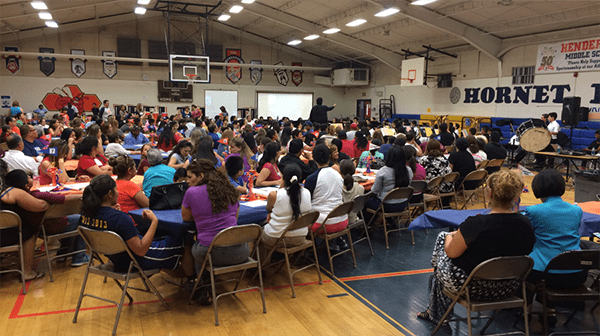
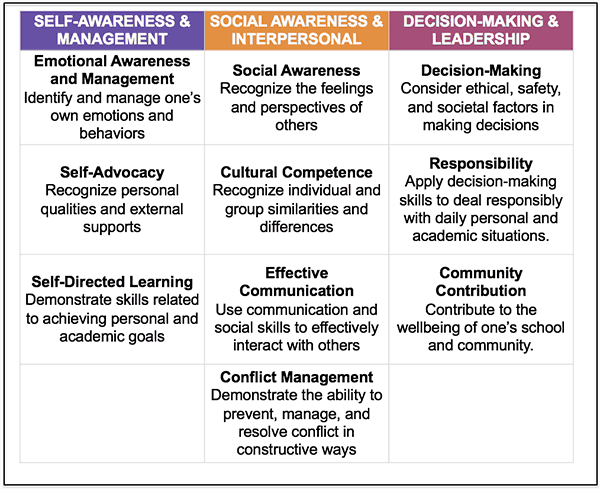

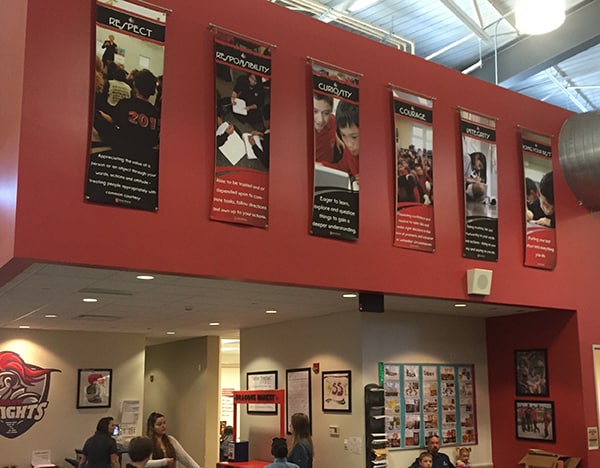

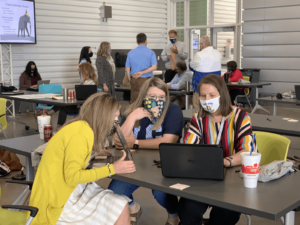
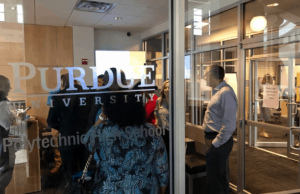
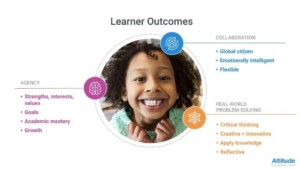
directorio
However, the phone does not have a fingerprint sensor.